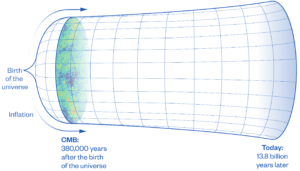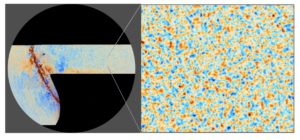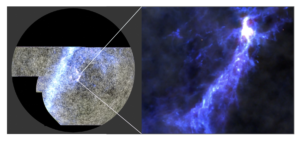
Most accurate map of the early universe released
An international team of researchers composed of more than 60 institutions and with the participation of the Atacama Cosmology Telescope (ACT) succeeded in producing the most detailed map to date of the infancy of the Universe. Among the researchers involved is Dr. Rolando Dunner, Associate Researcher at the Center for Astrophysics and Related Technologies (CATA).
Research led by Princeton University and the University of Pennsylvania in collaboration with the Atacama Cosmology Telescope (ACT) has captured the clearest images to date of the infancy of the Universe, the earliest cosmic epoch yet accessible to humans. These new images reveal the Universe when it was about 380,000 years old, which is equivalent to a “baby picture” of a cosmos that is now in its middle-age stage.
These images are produced in the cosmic background radiation, known as the “cosmic microwave background” (CMB). The study experts claim that they are visualizing the state of the universe long before the first stars and galaxies formed. The map produced also contains information about the polarization of the radiation, which reveals unique information about the motion of the hydrogen and helium plasma that filled the universe at that time.
In Chile, Dr. Ronaldo Dunner, Associate Researcher at the Center for Astrophysics and Related Technologies (CATA) and academic at the Pontificia Universidad Católica is part of the research team since its inception, and has highlighted the position of our country in this discovery. “The study of the CMB has revolutionized our understanding of the Universe, allowing humanity to answer very deep questions about our existence, such as ‘When did it all begin? How was the Universe formed? What is the origin of galaxies, stars, planets and ourselves?’ The fact that an important part of these observations have been achieved from our country places us at the center of one of the greatest advances achieved by modern society, with Chileans as protagonists of these great achievements,” he said.
These maps provide the initial distribution and dynamics of matter in the expanding universe, providing the initial conditions for the formation of the structures that would be shaped by gravity, such as stars, galaxies, and their distribution throughout the cosmos.
Among the most relevant data, the researchers of the study affirm that the new results confirm the age of the Universe, estimated at 13.8 billion years, with an uncertainty of only 0.1%. At the same time, the ACT has made it possible to observe the Universe when it was only 380,000 years old. Another relevant finding is the confirmation of a simple model of the Universe and has ruled out most of the competing alternatives. This will influence future studies and new research focuses.
“The standard cosmological model stands out for its ability to explain a wide variety of observational data with a surprisingly small number of parameters,” Dunner explains. “With only six main parameters and a few secondary parameters, it manages to coherently describe the cosmic microwave background (CMB), the distribution and abundance of galaxies, and the expansion rate of the Universe. This predictive capability makes it an extremely robust theory, leaving few alternatives capable of reproducing the data with the same accuracy,” says Rolando Dunner.
However, the researcher points out that there are still variations of the model that have not been completely discarded and that could offer key clues to complete the theory. “Today, a gap persists in fundamental physics that prevents the unification of general relativity and quantum mechanics. It is hoped that these small deviations from the standard model may offer hints on the way to a unified theory,” he concludes.
The next step and successor to ACT
So far, the latest ACT results represent the best measurement of the cosmic microwave background (CMB), especially in polarization. However, Dunner states that “there is still a long way to go in this field. Thanks to new technological advances, it is possible to significantly improve these measurements and reach even higher levels of precision, which would allow us to test theories that may be hidden in the data. These more detailed measurements will help us to better understand the evolution of the Universe and the fundamental physics that governs it”.
Among these theories is cosmic inflation, which postulates that the Universe underwent a phase of accelerated expansion in its first instants, establishing the initial conditions observed in the CMB. Another interesting theory is cosmic birefringence, which suggests that space itself could affect the polarization of light passing through it. “Our goal is to design and build an artificial calibrator to achieve the level of precision needed to measure this effect more accurately. The detection of cosmic birefringence could open the door to new theories that go beyond the standard cosmological model,” Dunner said.
In this line, the UC academic highlights the work done by the Center for Astrophysics and Related Technologies (CATA), positioning it as a key player in the ACT project since 2010, including experimental work in the field, characterization and calibration of the telescope, reduction and analysis of raw data, as well as the production and study of CMB maps. Being also fundamental in the scientific interpretation of these data, contributing to dozens of publications within the collaboration with the telescope.
Currently, CATA has expanded its participation in experiments dedicated to the measurement of the CMB from Chile, collaborating with the Simons Observatory, successor of ACT. This new experiment, which started its observations last year, seeks to become a new reference in this field, consolidating Chile as a key center for observational cosmology.
Recent news
-
 Publicado el: 15/11/2025Leonids meteor shower 2025: What are they, when will they be visible from Chile, and what can we learn from them?
Publicado el: 15/11/2025Leonids meteor shower 2025: What are they, when will they be visible from Chile, and what can we learn from them? -
 Publicado el: 13/11/2025CATA researcher strengthens international ties during visit to the Center for Astrobiology in Madrid
Publicado el: 13/11/2025CATA researcher strengthens international ties during visit to the Center for Astrobiology in Madrid -
 Publicado el: 12/11/2025Fourth graders learned what would happen if the Moon did not exist
Publicado el: 12/11/2025Fourth graders learned what would happen if the Moon did not exist -
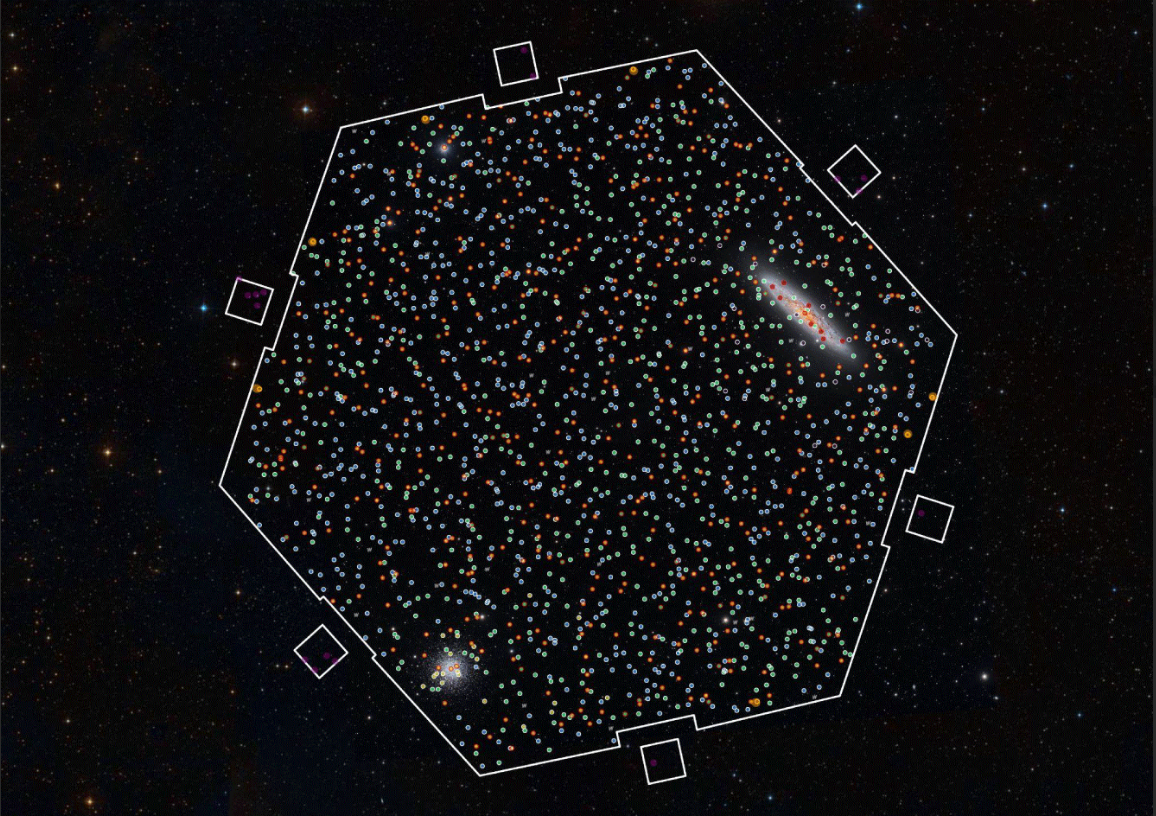 Publicado el: 29/10/2025Chile celebrates the first light of 4MOST: two major projects involving CATA astronomers begin to explore the Universe
Publicado el: 29/10/2025Chile celebrates the first light of 4MOST: two major projects involving CATA astronomers begin to explore the Universe -
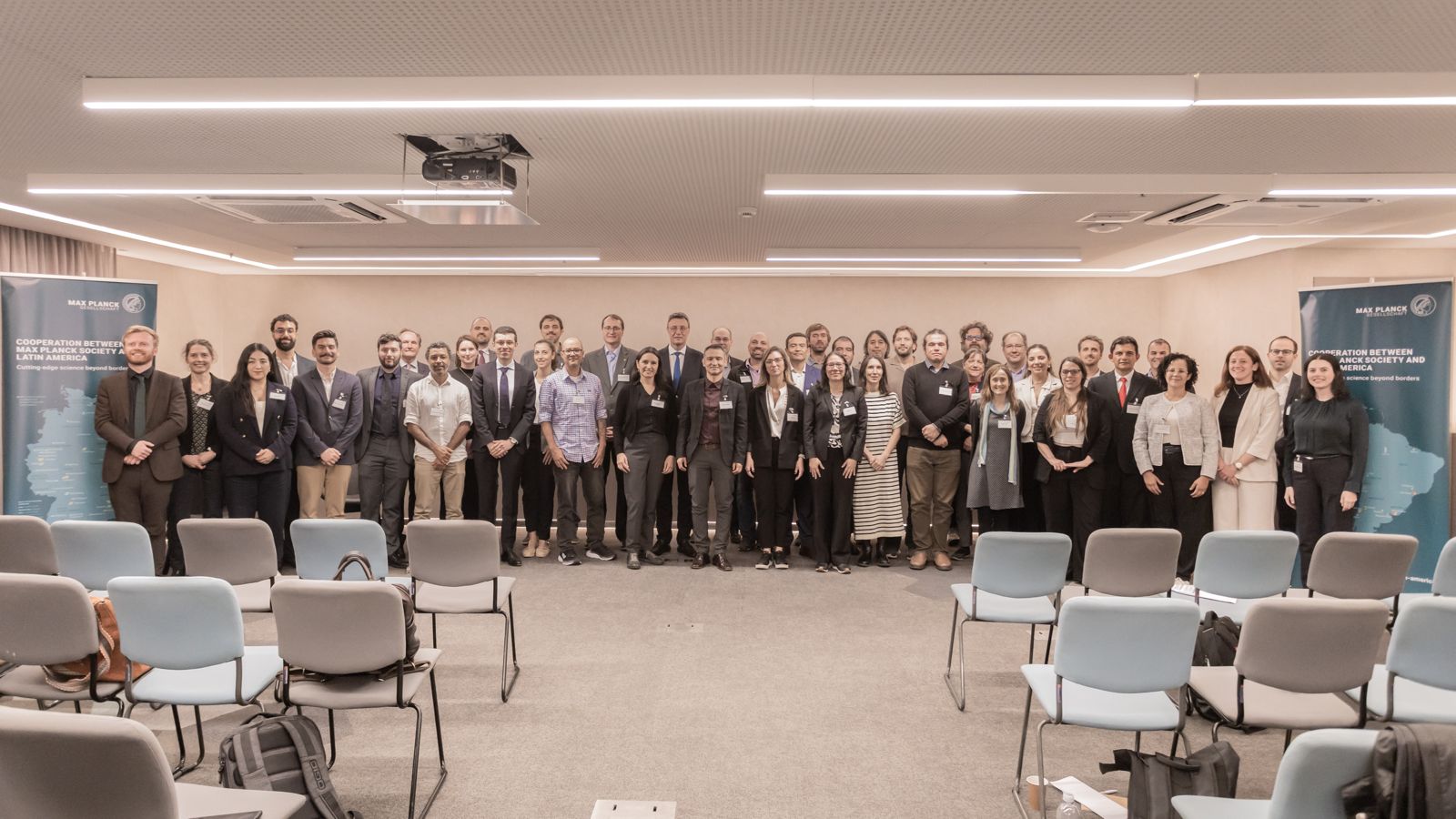 Publicado el: 24/10/2025CATA researcher participated in Max Planck regional meeting in Brazil
Publicado el: 24/10/2025CATA researcher participated in Max Planck regional meeting in Brazil
Categories list
- Acknowledgments 21
- Astrobiology 6
- AstroCluster 1
- Black holes 18
- Corporativo 57
- Cosmology 5
- Descubrimientos 22
- Disclosure 71
- Exoplanets 13
- Extension 4
- Galaxies 21
- Galaxies formation 5
- Inter y Transdisciplina 4
- Local Universe 16
- Publications 6
- Sin categorizar 34
- Solar System 21
- Stellar formation 8
- Technology 14
- Technology Transfer 16
